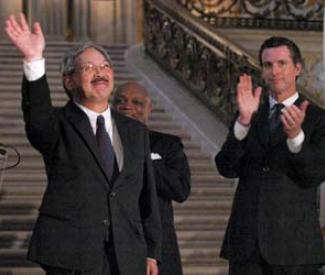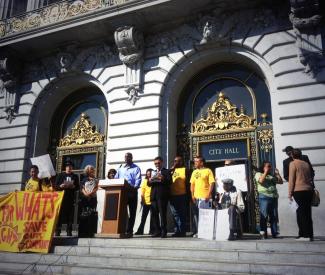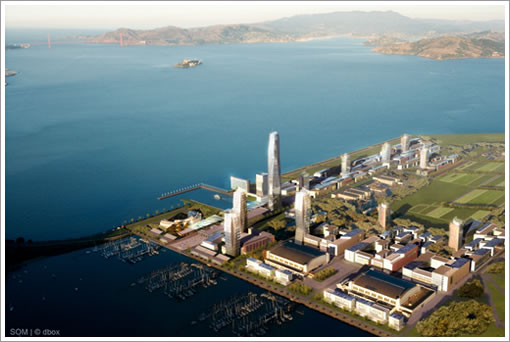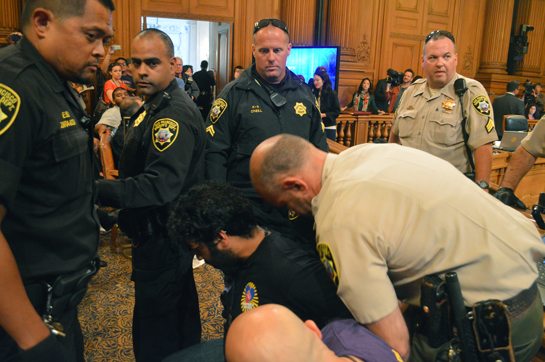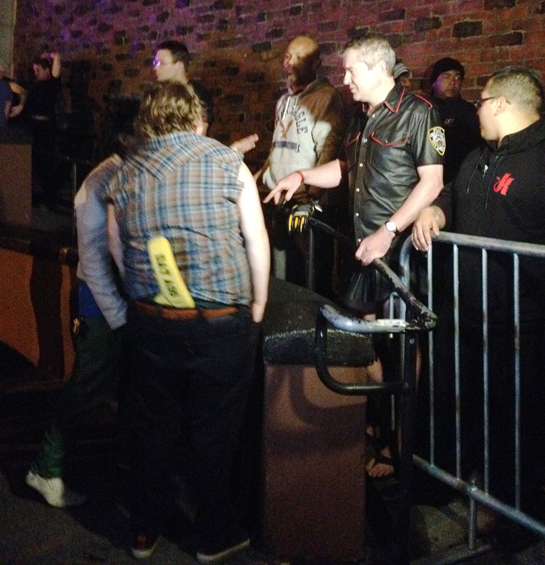Next time you head to your neighborhood Apple store to get that smooth and harmonious feel that can only comes with the gentle touch of an iPad air, you might be greeted by an unhappy security officer picketing outside. The officer might share some choice words about the working conditions at Apple’s security guard contractor, Security Industry Specialists.
Over the next few weeks, the SEIU United Service Workers West has organized a series of actions with security guards to demand Apple choose a more responsible security contractor.
Currently, Apple, Google, and Ebay all have contracts with SIS, a firm the SEIU claims has unfairly terminated employees and surveiled union meetings. The SIS denies these allegations, devoting an entire page on its website to confronting what it’s termed “SEIU lies and distortion.”
“The contrast between Apple’s boom times and worker’s decrease in wages is incredibly startling,” said Alfredo Fletes, communications specialist for SEIU. “You would think that a company that has benefited so much from what Silicon Valley has to offer would support the jobs for workers – not just in their engineering department, but at all levels.”
Since the launch of the iPod in 2007 to 2012, Apple saw a 600 percent growth in its stock. Meanwhile, from 2008 to 2012, average worker wages in Santa Clara County dropped by 3 percent. On average, Silicon Valley’s security officers make $15 an hour through SIS.
But the actions SEIU has organized aren’t just about wages, nor are they just about Apple. Walter Redding, for instance, was one security officer working for SIS through Google. He’ll be attending some of the actions, because he’s angry. He was fired for taking a phone call from his girlfriend while she was in labor.
“I thought I was doing great,” Redding said. “But I got screwed. I only got two checks since I got fired. It’s been almost a year. My friends got fired for things, too. Everybody gets treated unfairly. I love the products. I’d buy them everyday. But when it comes to working for Google or Apple, I don’t know about that.”
Bryce Miller-Williams, an organizer for SEIU’s Stand for Security campaign, says that the SIS is harsh everywhere, but Apple is where security officers really don’t want to work.
“There’s a very militaristic atmosphere there,” he said. “One gentleman sat down to tie his shoe. Guards are supposed to be standing at all times, and so he was let go because of that.”
Although Apple doesn’t employ the security guards directly, Fletes said the tech company still has the power to select a better security guard contractor. To him, changes at Foxconn, one of Apple’s largest suppliers, offers proof. When labor activists launched an outcry following a series of suicides at Foxconn, Apple stepped in. According to a report from the Fair Labor Association last December, working conditions at Foxconn have since steadily improved.
“I don’t think it’s too much of a stretch to ask Apple to look into workplace issues for security officers in the Bay Area,” Fletes said. “Or, at the very least for them to meet with security officers who, despite working for one of the most valuable companies in the world, are still struggling to survive.”
Apple does at least give the appearance of wanting to do good. The Cupertino company requires its suppliers meet a “code of conduct” and issues a Supplier Responsibility report to document its progress each year. This past December, Apple CEO Tim Cook spoke about his company’s code of conduct in a video message sent in a company-wide email urging employees to behave like good, righteous Apple employees.
“As Dr. Martin Luther King once said, the time is always right to do what’s right,” Cook proclaimed. “At Apple, we do the right thing. Even when it’s not easy. If you see something that doesn’t meet our standards, speak up. Whether it’s a quality issue or a business practice, if it affects Apple’s integrity, we need to know about it.”
Fletes said that when SEIU members protested outside an Apple shareholder meeting last February, Cook said he would look into job quality issues. The allegations of unfair treatment by SIS’ security officers have since continued. Apple did not respond to the Guardian’s requests for comment.
The actions will continue throughout the Bay Area throughout the summer, ending in San Francisco on August 28th.



